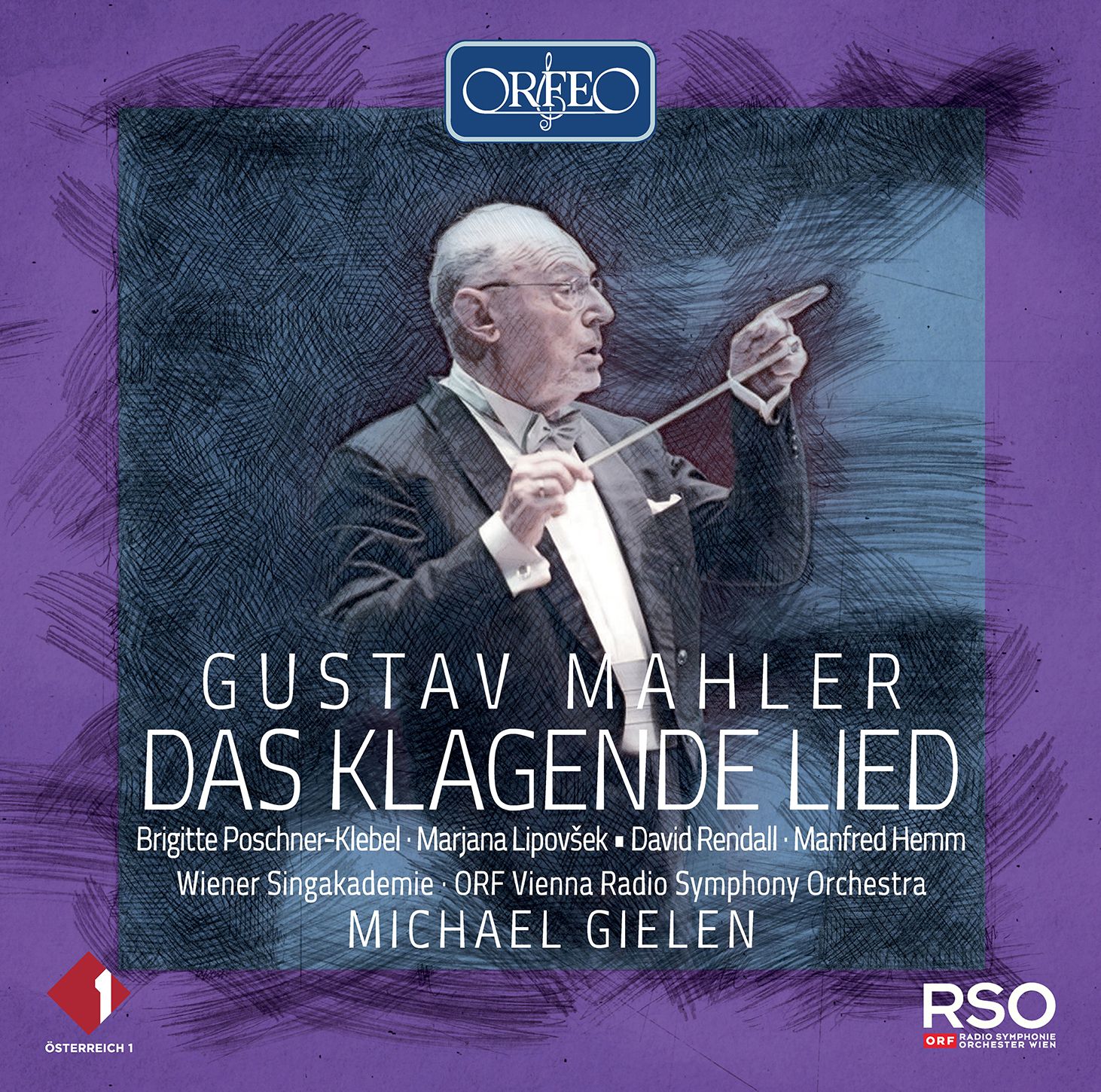Mahler's Song of Lamentation: Das Klagende Lied
A valuable addition to Gielen's Mahler, and a valuable addiiton to to Das Klagende Lied's discography

Here at Classical Explorer, we've spent some time with Mahler: A Tale of Five Earths (comparing five versions of Das Lied von der Erde); the Tenth Symphony from Minnesota and Osmo Vänskä on BIS; and Des Knaben Wunderhorn conducted by Pierre Boulez.
Now it's the turn of an early cantata, Das Klagende Lied, a "Song of Lamentation" writen 1878-80 and revised in 1899 to a fairy tale text by Mahler himself after Ludwig Bechstein's tale Das Klagende Lied, and Der singende Knochen (The Singing Bone) by the Brothers Grimm. The cantata is rarely presented in the concert hall (I think I have only heard it once live) but it should be: it is a fine work, atmospheric, often beautiful. Mahler submitted the score for the Beethoven Prize at the Society of the Friends of Music in Vienna aged 20; it did not win, and he subsequently revised the score on several occasions. The customary manner of presentation (and that heard here) is of the original first movement with revised versions of the other two parts.
The work has fared better on disc, though, with Rattle's Birmingham account (with Helena Dose, Alfreda Hodgson, Robert Tear and Sean Rae) a major part of that conductor's early discography; Boulez recorded it twice while there is a fine Michael Tilson Thomas recording from San Francisco. This Gielen is a live performance from the Konzerthaus in Vienna in June 1990.
The story of the first part, "Waldmärchen"’(Forest Legend), tells of two brothers who set out into the forest to find a flower; the queen has promised to marry whoever can find and bring her that flower. The younger brother finds it, but is murdered by his sibling who steals the flower intent on claiming the queen. In Part Two, ‘Der Spielmann’ (The Minstrel), the minstrel of the title comes across a bone from the corpse of brother and makes it into a flute which, when played, tells the story of the murder. Finally, in Part Three, ‘Hochzeitstücke’ (Wedding Piece), Mahler shows uss the wedding of the elder brother and the queen. However, the minstrel arrives and plays his flute. In an attempt to save himself, the brother accuses the minstrel of the murder, whereupon the castle falls to the ground. A dark fairy tale, then.
The first movement, 'Waldmärchen,' is 25 minutes long here. Gielen's pacing makes it a cogent statement:
Rattle's 1984 CBSO account takes a little longer, but is equally compelling, perhaps inhabiting Mahler's world just that bit more:
For me, Mahler's most imaginative writing occurs in the second movement 'Der Spielmann' (The Minstrel); here, the mezzo Marjana Lipovšek, the best-known of the three soloists, is particularly impressive:
The finale begins with a cymbal clash that immediately makes one think of the finale of the First Symphony, before galloping brass figures take over. Gielen finds much drama in this movement (again moving things forwards), and Lipovšek is genuinely impressive in her lower register, while soprno Brigitte Poschner-Klebel reveals a ringing, golden soprano:
A valuable addition to Gielen's Mahler, then, and a valuable addiiton to to Das Klagende Lied's discography.
